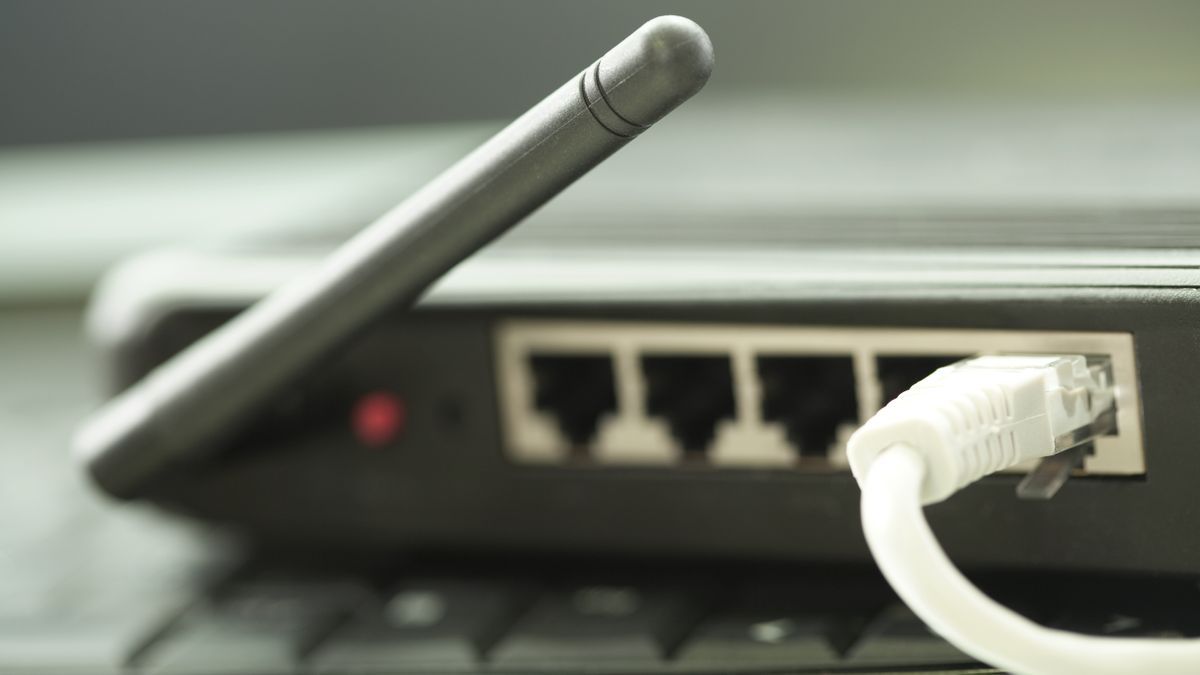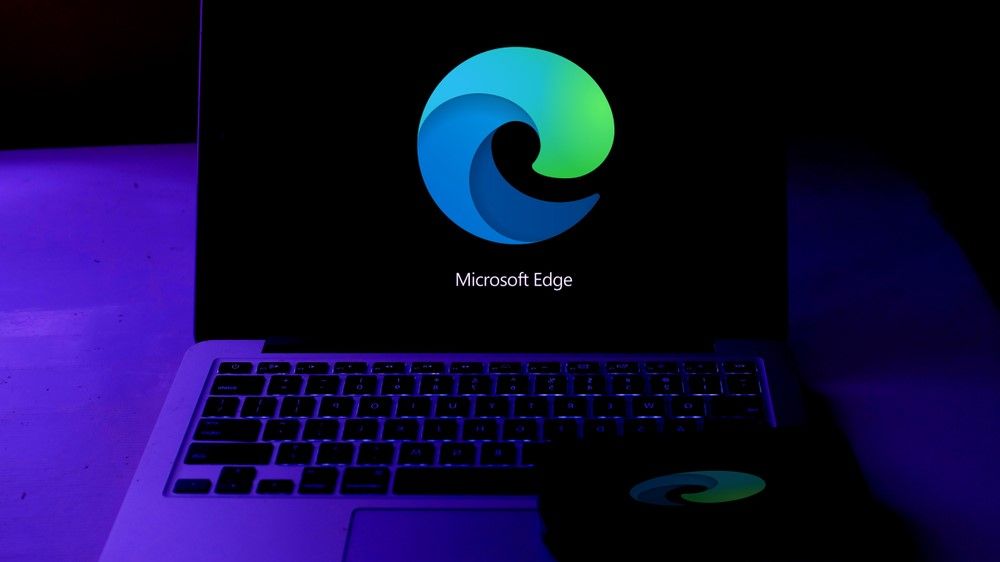The wireless market has many segments or verticals, but the two largest categories are indoor and outdoor. Indoor wireless consists of several access technologies, typically Wi-Fi and small cellular. In the outer segment there are more use cases and therefore more vertical alignments. The most common of them is the cellular one, which can then be broken down into macro, micro and pico, or small cells. A smaller but also important outdoor access technology is the fixed wireless access market.
Along with these access use cases, wireless technology has long been used to connect cell towers and buildings with point-to-point technology, all deployed in the microwave and millimeter wave bands from 6 GHz to 86 GHz. These systems can support connection capacities of up to 10 Gbps full duplex. What has never been seen on the market until recently is the concept of using microwave frequencies or millimeter waves to perform the same function – indoors. Despite the clear attractions of using wireless technology in this role (cheaper, faster and more flexible to use compared to fiber or cable), there were significant obstacles to this approach indoors, primarily the requirement that Systems in these bands must have a clear line of site. to operate. Clearly, in an indoor environment with unique hallways, walls, and floor plans almost per building, this ends up being too high a barrier to overcome if LoS is a requirement.
However, if this hurdle can be overcome, indoor wireless backhaul offers the same benefits as outdoor microwave backhaul systems. Indoor use cases mirror those supported by cable and fiber, but there are changes afoot that could be improved with a wireless rather than cable approach. Indoor networks are now seeing multi-gigabit access technologies in 5G and Wi-Fi surpassing CAT5 and even CAT6 capabilities, and for temporary events, running cables in large private venues requires time and money for an event that may last only a few days. Additionally, IoT is exploding and many CIOs do not want IoT traffic to be on the same network as information traffic for security reasons. The option is to implement a second wired network or use the new wireless backhaul products that hit the market.
VP of Marketing and PLM at Airvine.
Outside versus inside
Outdoor point-to-point systems, as noted, can provide up to 10 Gbps of full-duplex capability and, depending on the frequency, can cover distances of up to 10 miles or more. To achieve these specifications, these systems use high-power amplifiers (tens of watts) and large satellite dishes (6 feet) with gains up to 40 dBi to achieve these distances. The FCC and other regulatory domains allow these high powers since use of these bands requires a geographic license. Typically, the regulator will specify a maximum output power and maximum antenna gain. Adding those two together gets you to the allowed EIRP. An interesting note about these regulations: often the authority will allow an increase in antenna gain for each dB the output power decreases. The logic is simple: a higher gain antenna has a narrower beam, which reduces RF “pollution.”
All of these implementations require a strict line of site between nodes. The newer technologies used for this application are based on the 60 GHz band. This band has several attractive qualities and some limitations.
The good: It is license-free, meaning deployment can be done almost instantly. The band is commonly allocated around the world with up to 14 GHz of spectrum available. More spectrum than all the lower bands combined.
The less good: Like all microwave systems, the higher the frequency, the shorter the range. At 60 GHz there is an additional range limitation: oxygen absorption. The O2 molecule is just the right size to absorb 60 GHz radiation. This is an additional limitation on the ranges that can be achieved in the 60 GHz band in outdoor deployments.
But, if you use a 60 GHz point-to-point system indoors, the distances you are trying to reach are much more modest (100 meters or less) and oxygen absorption at these ranges is not an issue. It sounds great, but the LoS issue still needs to be addressed, and in an indoor deployment this limitation can be significant.
Another benefit of using 60GHz indoors lies in the absence of interference. On the outside, using unlicensed systems while allowing for quick installation always raises the specter of other unlicensed systems in that band interfering with your installation. When used indoors, the narrow beam you get with 60 GHz and the fact that there are very few if any other 60 GHz systems in operation (certainly IEEE 802.11ad and 802.11ay Wi-Fi access points have had a very limited acceptance) minimize the possibility. of interference.
60 GHz Finds a Home: Indoor Wireless Backbones
Additionally, the introduction of higher capacity APs leads to reduced coverage, requiring the deployment of additional APs. IoT means bringing connectivity to places that are not wired today, and 5G private small cells, when deployed, will require backhaul in places where nothing exists today.
There are approaches that use the unlicensed 5 GHz band in point-to-point mode, but given the huge number of 5 GHz APs that have been and will be shipped, the noise level at 5 GHz is increasing. And having the access part of the network on the same band as the return system is a recipe for problems.
Enter 60 GHz solutions. Right from the start, you get abundant spectrum to support massive data speeds. Additionally, two factors reduce the possibility of self-interference: channel availability and the inherent short range of 60 GHz. The remaining barrier to this approach is the LoS requirement.
This barrier has already fallen. With an array of high-gain beamforming antennas on the front end of a properly designed 60 GHz radio, it is possible to build a system that can pass through most interior walls. Drywall, wood, and glass can be cleaned with a properly designed system. Add to that the ability to rotate the beam up to 90 degrees in corners, and indoor wireless backhaul becomes a reality, as is the case with multi-gigabit wireless backbones for indoor connectivity.
Where would you use it?
The use cases for such a system are limited only by the imagination. Apartment complexes looking to add IoT throughout their facilities or upgrade their Wi-Fi will need to run new cables with higher capacity to new locations. A wireless approach can do this without the inherent disruptions to tenants in the construction process of installing new conduit and cables. The same can be said for hotels that want to add door locks, leak detection, or increased video security.
Factories and warehouses are making the leap to next-generation applications defined by Industry 4.0: machine learning, 3D printing, automation and robotics offer new levels of efficiency and advanced manufacturing, and all cry out for flexible connectivity high perfomance.
The last example cited here, but by no means the end of the universe of use cases, would be large public places. An auditorium might host a hockey game one night, a concert the next, and then a trade show. Each of these events has its own unique floor plan and network connectivity is required at specific locations for the event being supported. Showrooms are perfect examples of locations that would benefit from a wireless trunk system.
Envelope
The future is full of exciting new services and applications across business and industry, limited only by imagination and connectivity. IT/OT network administrators and CIOs are in abundance, and with 60 GHz indoor backbones, connectivity is also available and combined, they will remove a once insurmountable barrier to the future of networking across a wide range of networks. range of business, industrial and public sectors. enclosure and residential sectors.
We have presented the best wireless printers.
This article was produced as part of TechRadarPro's Expert Insights channel, where we feature the best and brightest minds in today's tech industry. The views expressed here are those of the author and are not necessarily those of TechRadarPro or Future plc. If you are interested in contributing, find out more here:









